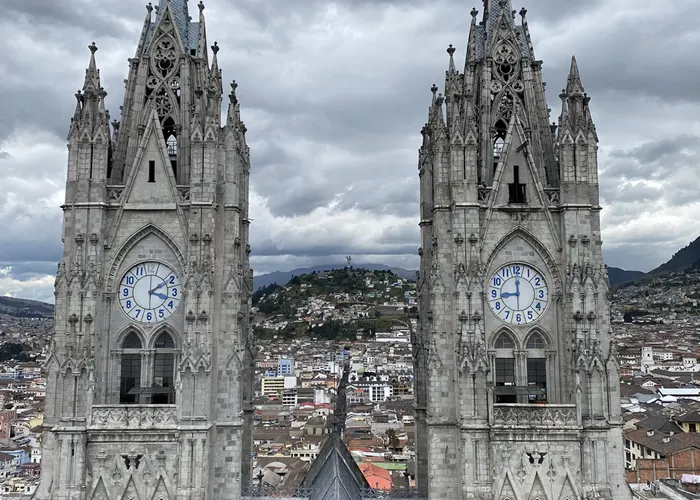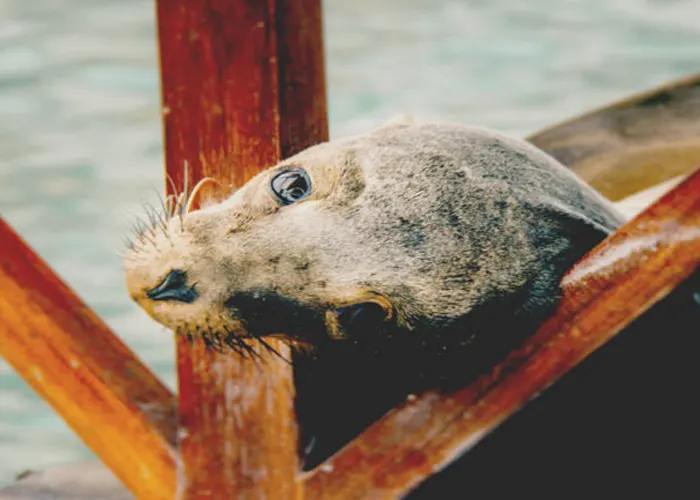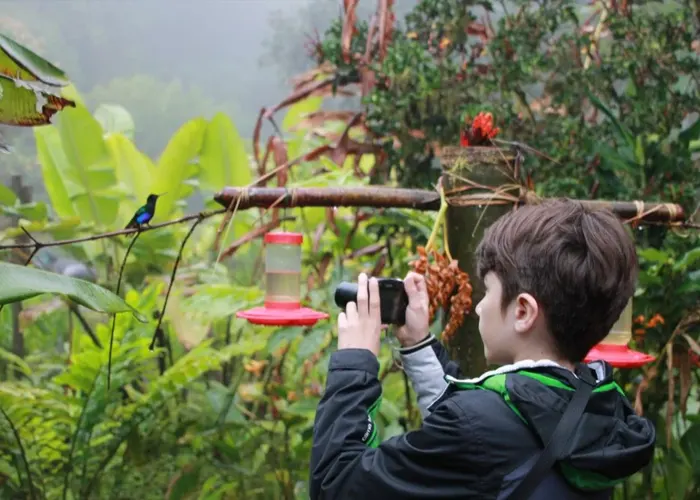The 10 most beautiful lakes and lagoons in Ecuador - Part 1
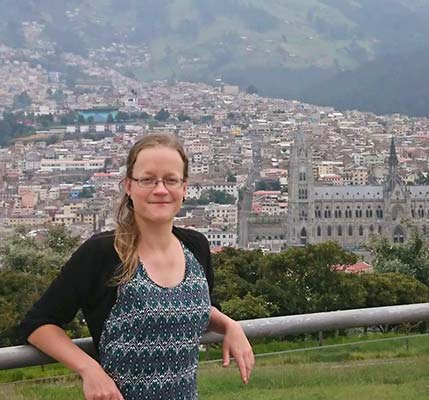
Maria S.
The small country of Ecuador on the equator is – among other things – very diverse in terms of landscape. The Andes mountain range, which runs through the country from north to south, is characterized by paramo plateaus, active and extinct volcanoes and calderas. Over the centuries, many of these calderas have filled with water and now form impressive mountain lakes, which are among today’s scenic attractions. However, there are not only impressive lakes in the Andes, but also in the rainforest region. Some can be hiked around and some can be visited by boat or kayak. In the following, we would like to present 10 of Ecuador’s lagoons from north to south and provide information on their location, flora and fauna and possible activities.
1 - Yahuarcocha
Laguna Yahuarcocha is located north-east of the city of Ibarra in the province of Imbabura. This lake is not a filled volcanic caldera, but was formed around 12,000 years ago during an ice age. It has an area of 240.51 hectares and a maximum depth of 7 meters.
Yahuarcocha means lake of blood in Kiwcha. This name probably goes back to a battle between the indigenous population and the Incas, in which the water of the lake was dyed red by the blood of the victims. The lake is still considered sacred by the indigenous inhabitants and significant archaeological finds are frequently made in its surroundings.
Activities. The lake and its surroundings offer a wide range of opportunities for recreation and sporting activities. You can go boating on the lake and there are well-developed cycle paths and footpaths around the lake. There is also a car racing track close to one shore.
Flora and fauna. Species found in the area include fish, Mozambique tilapia, ducks, herons, hummingbirds, pigeon species, sparrows, swallows and caracaras.
Towards the west, there are orchards with introduced species such as weeping cherry, guava, eucalyptus, avocado, custard apple, blackberry, bean, trumpet flower, rambler, araucaria, pepper tree, miracle tree, and others.
What to bring. For the Yahuarcocha lagoon you should wear comfortable shoes, hiking boots are not absolutely necessary, the terrain is comparatively easy. As everywhere in the Andes, sun protection and headgear are recommended.
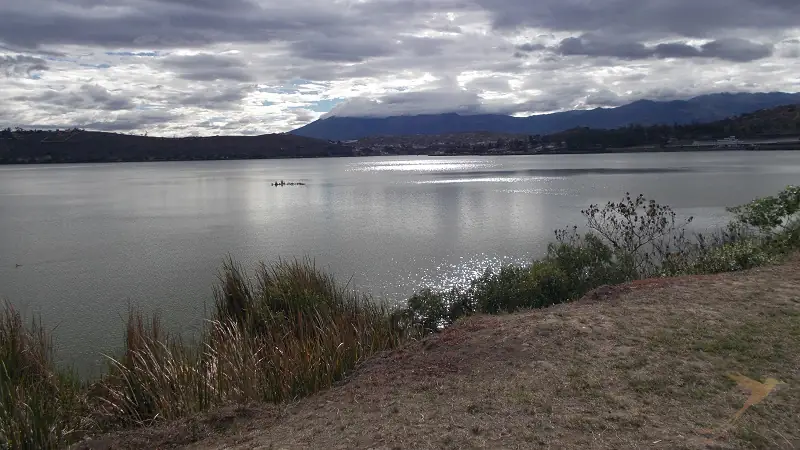
2 - Cuicocha
The Cuicocha lagoon is located around 12 km west of the town of Cotacachi in the province of Imbabura. It is part of the Cotacachi-Cayapas protected area, which stretches from Imbabura to the province of Esmeraldas. The crater lake is a popular destination for travelers exploring northern Ecuador. It has a diameter of around 3 km, a circumference of around 9 km and lies at an altitude of approximately 3000 meters. It was formed around 3000 years ago by the eruption of the Cotacachi volcano and the water is up to 148 m deep. The crater is still active and regularly emits gases, which is why there are no animals in the water. There are two islands in the middle of the lake, which are not allowed to be accessed.
The origin of the name Cuicocha is not entirely clear; due to word mergers, it can mean either lake of the gods or guinea pig lagoon. Be that as it may, the lagoon is still considered a sacred lake by the indigenous population. Once a year, shamans take a ritual bath in the lake.
Activities. The lake can be completely circumnavigated on a hiking trail that runs along the edge of the crater. The route is around 9 km long and passes two viewpoints, although you can of course enjoy the view over the lake for most of the way. There is also accommodation, a restaurant and sanitary facilities at the Mirador del Lago. At the entrance to the protected area of the lagoon, there is a small interpretation center where you can learn about the formation and flora and fauna of the lake. It is also possible to hire canoes and paddle on the lake.
Flora and fauna. The landscape around the Cuicocha lagoon is characterized by hilly moorland. Along the way you can discover various small orchid species, as well as mosses, lichens and myrtles. Bromeliads can often be found in the trees and bushes. Wild rabbits, armadillos, skunks, turtle doves, hummingbirds, blackbirds and owls live in the area and on the islands in the lake.
What you to bring. Due to the altitude, you should wear warm and windproof clothing and apply sun protection. Headgear is also advisable. As the hiking trail is more of a beaten track and can be quite damp in places, we recommend waterproof shoes that can get dirty. Take enough water and possibly a snack with you.
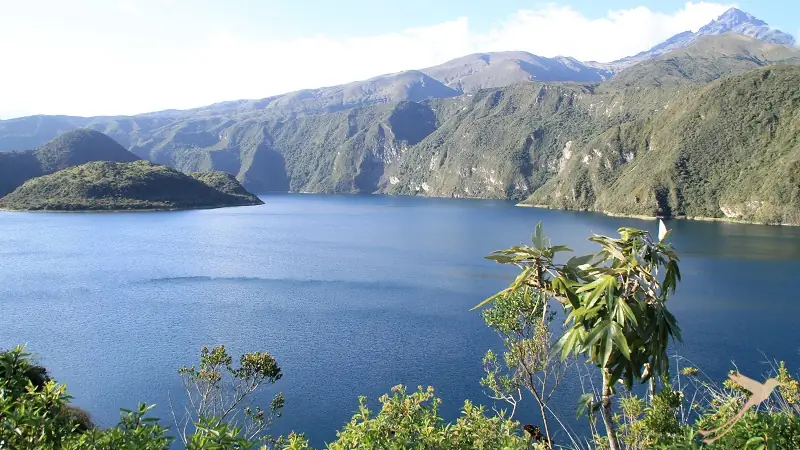
3 - Lago San Pablo
You will pass Lago San Pablo as you drive along the Panamericana from Quito to Otavalo. Shortly before turning into the city, the lake stretches out on the right-hand side. The lake is important for the region in many respects. With an area of just under 7 km², it is the largest lake in the province of Imbabura. It has a maximum depth of 48 meters and lies at an altitude of 2660 m. Various viewpoints, such as Mira Lago, can be reached from the Panamericana.
Activities. There are countless opportunities for water sports enthusiasts on the lake. From boat tours to jet skiing, wakeboarding and sailing tours, pretty much anything is possible on the lake. There are various championships every year. One even involves swimming across the lake. In the municipality of Arague on the western shore, there is a water park from which boat trips can be made. There are many places to eat with local cuisine and a view of the lake. Or you can have a picnic in one of the many bays.
Flora and fauna. Totora reeds grow along the entire shore and in the eastern area there are also bulrushes and eucalyptus, willow and pine forests. Various handicraft products are made from the totora fibers.
The lake is home to rainbow trout and carp, for example. For bird lovers, there is plenty to discover and observe: There are cormorants, raven ducks, white herons, duck species, coots, hummingbirds and terns, among others.
What you to bring. In addition to comfortable footwear, you should remember to bring headgear and sufficient sun protection. A wind and rain jacket are also advisable, as it can get quite windy at times and, depending on the time of year, sudden downpours are possible.
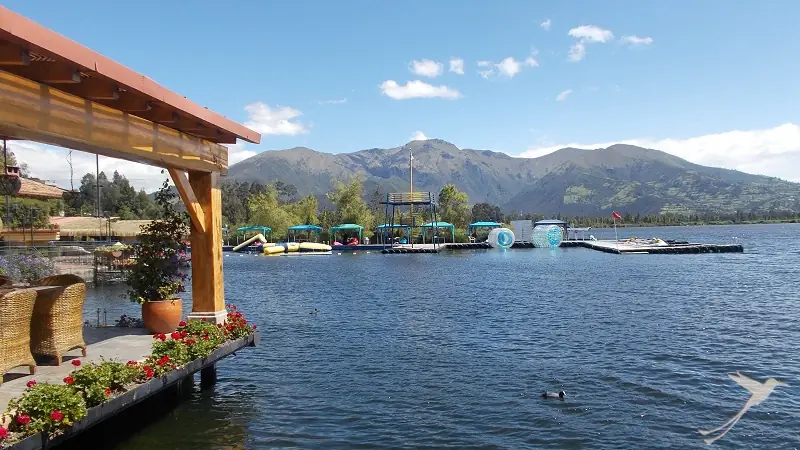
4 - Mojanda
The Mojanda Lakes stretch across the border between the provinces of Pichincha and Imbabura. If you drive from Quito to Otavalo, the turn-off to the lakes is just before the village of Tabacundo. The Mojanda lake complex consists of three crater lakes at around 3720 meters above sea level: Caricocha, Huarmicocha and Yanacocha. They were formed over 200,000 years ago as a result of the eruption of the Mojanda volcano. The largest lake has an area of 271 hectares. The lakes have been a protected area with sustainable use since 2019. The climate is comparatively cool with an average temperature of around 8 °C. The Fuya Fuya volcano is located to the west of the lake complex.
Activities. There are several possibilities to hike around one or more of the lagoons. The tour takes about 2-3 hours. You can also hike up the Fuya Fuya (around 4200m above sea level) or the Cerro Colangal (around 4100m above sea level) and enjoy the spectacular views over the lakes. As there is almost no waymarking and the paths are barely recognizable as such, it is definitely advisable to visit the lagoons with a guide or as part of a guided tour. If you don’t want to hike so much, you can also go on a short horseback ride, have a picnic or fish for trout in the lake. There is a small tourist complex with a restaurant serving typical food and it is possible to camp here.
Flora and fauna. The Mojanda lagoons are surrounded by paramo landscape and remnants of biodiverse indigenous forests. The flora is characterized by chuquragua (Andean flower), mountain rosemary, various epiphytes, puya, rubber, Andean lupine, buddleja, wild blackberry and many more. Mammals include foxes, wild rabbits, skunks and wild guinea pigs. The birdlife is characterized by hummingbird species, Araucanian pigeons and the wild turkey.
What to bring. As temperatures can be quite low, warm clothing and sturdy, preferably waterproof footwear are advisable. If you want to climb Fuya Fuya, you should be well acclimatized. Despite the relatively cool temperatures, the high-altitude sun should not be underestimated – even if it only shines through the fog, which is often to be expected. It should also be noted that there is no cell coverage around the lagoon.
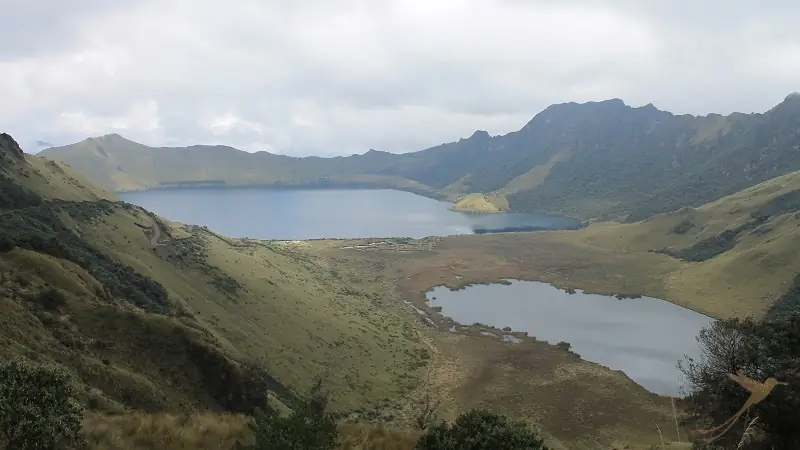
5 - Limoncocha
The Limoncocha Lagoon is not located in the Andes, but in the province of Sucumbíos in the rainforest region of Ecuador in the Limoncocha Biological Reserve, which covers 4,613 hectares. It belongs to the canton of Shushufindi and the municipality of Limoncocha. The area has been a 100% Ramsar wetland since 1998. The lake was once an arm of the Napo River, which was cut off over hundreds of years ago by alluvial deposits that were later covered by vegetation. Researchers and universities regularly visit the reserve for scientific purposes.
Activities. You can get to know the unique nature of the lagoon on guided boat tours and hikes. It is often part of multi-day rainforest programs with expert guides who introduce visitors to the biodiversity. There is also an interpretation center in the village of Limoncocha itself.
Flora and fauna. As mentioned, the Limoncocha lagoon and its surroundings are an extremely biodiverse area. 53 mammal species, 144 bird species, 92 amphibian and reptile species and 93 fish species have been counted. Jaguars, tiger cats and bats are widespread in the area. Tapirs, deer and monkeys can be seen on the El Caiman trail and around Yanacocha, as well as amphibians such as frogs, toads and salamanders and reptiles such as lizards, slow worms, snakes and tortoises. The reserve has the largest population of black caimans in the entire Amazon region. It is also home to thousands of birds, including kingfishers, great egrets, herons, hoatzins, parakeets, parrots and macaws.
What to bring. As everywhere in the rainforest region, light and comfortable clothing is advisable. During the day, you should wear sun protection and a light hat. Insect repellent is particularly useful for night-time excursions. You can take binoculars with you on the boat trips so that you can better observe the fauna from the water.
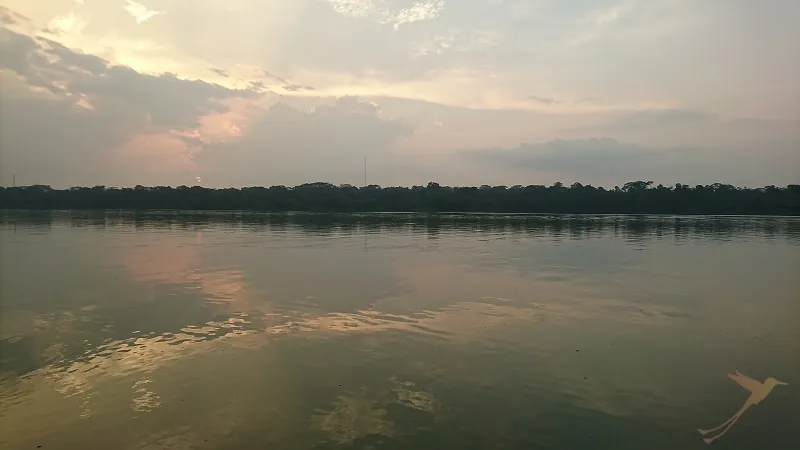
Do you want to visit one or more of the lakes? Check out our programmes or get in touch with us for a customized tour.
visit our other channels
Recent Posts
- From Manglaralto to Pacoche and surroundings April 18, 2024
- Excursions within the rainforest region of Ecuador April 5, 2024
- Ecuador in a state of emergency?! My personal experience March 22, 2024
- The 10 most beautiful lakes and lagoons in Ecuador – Part 2 March 12, 2024
- The 10 most beautiful lakes and lagoons in Ecuador – Part 1 February 23, 2024
